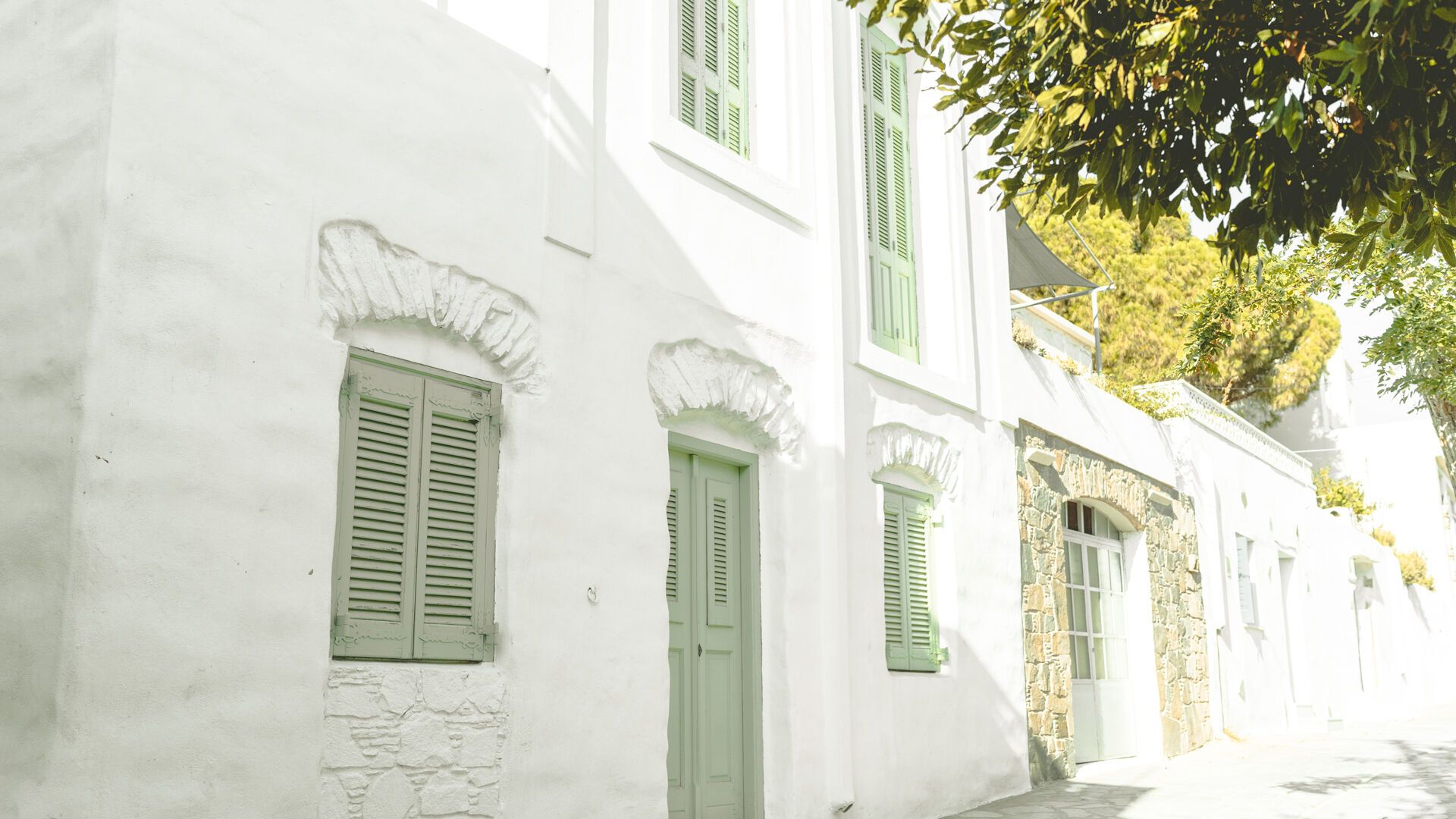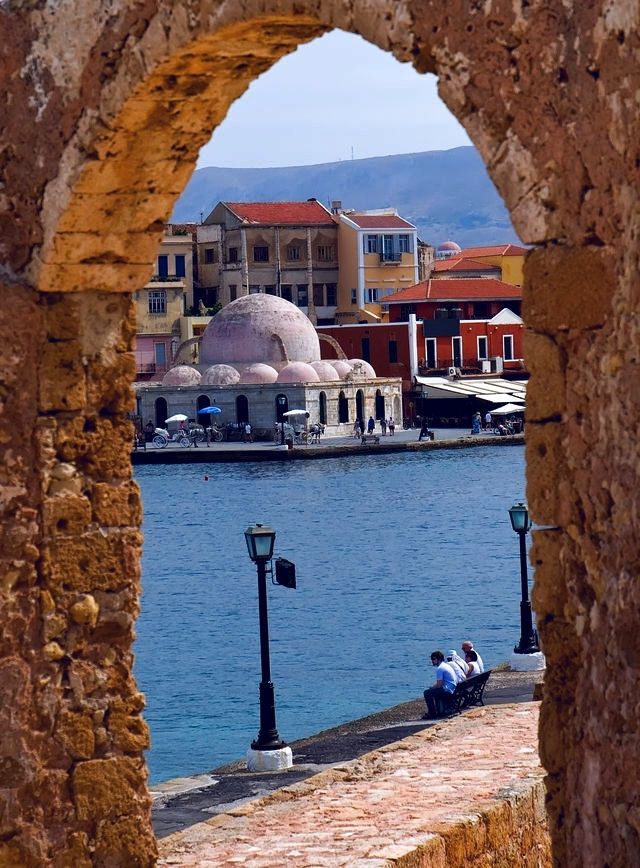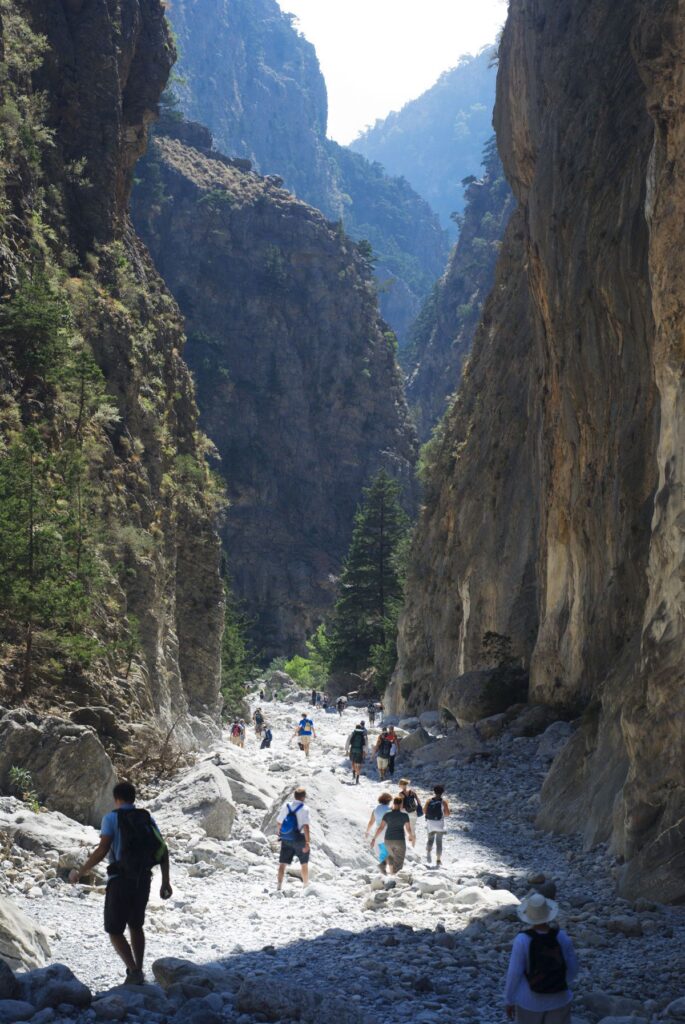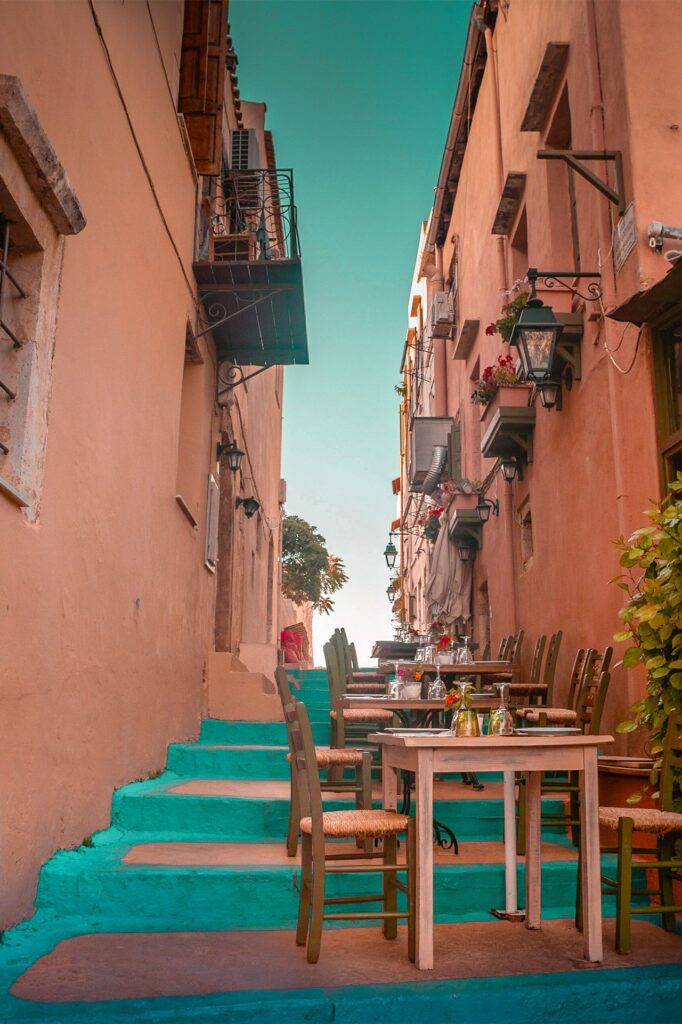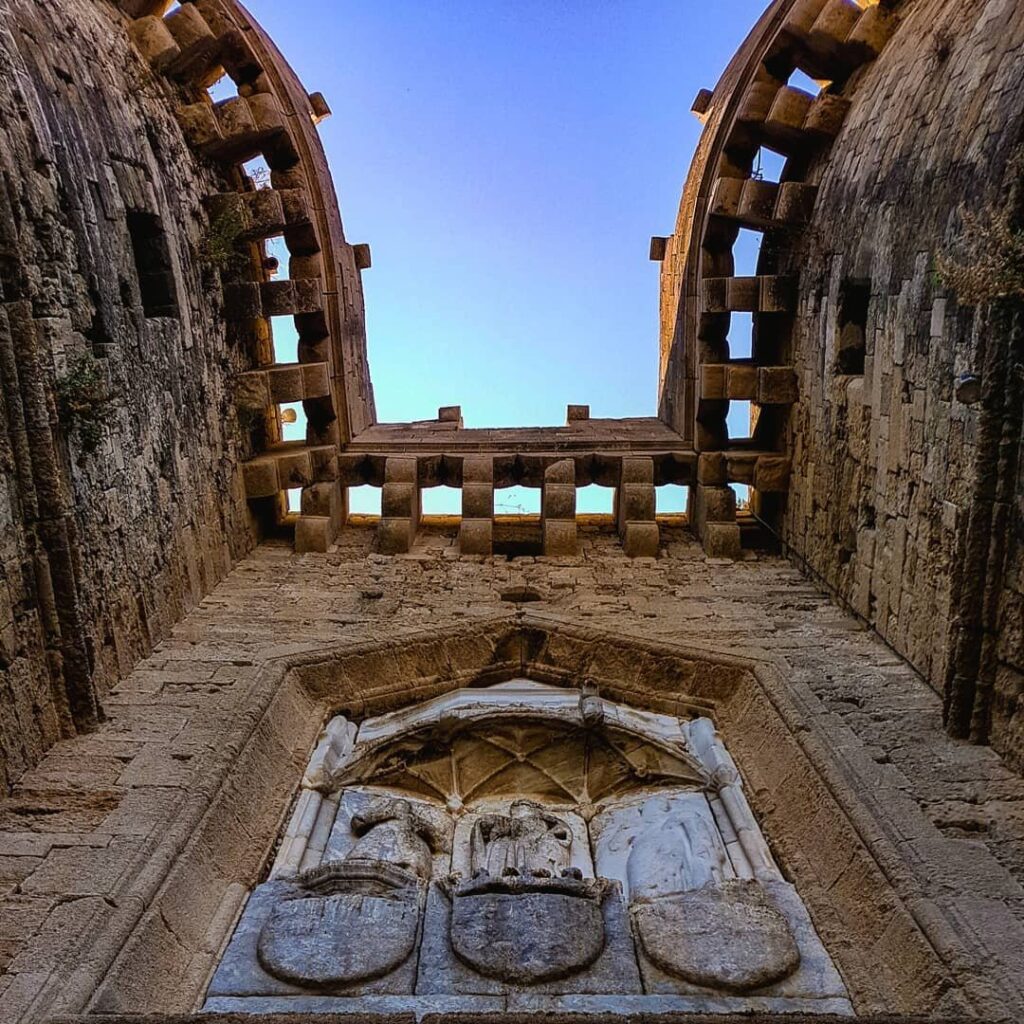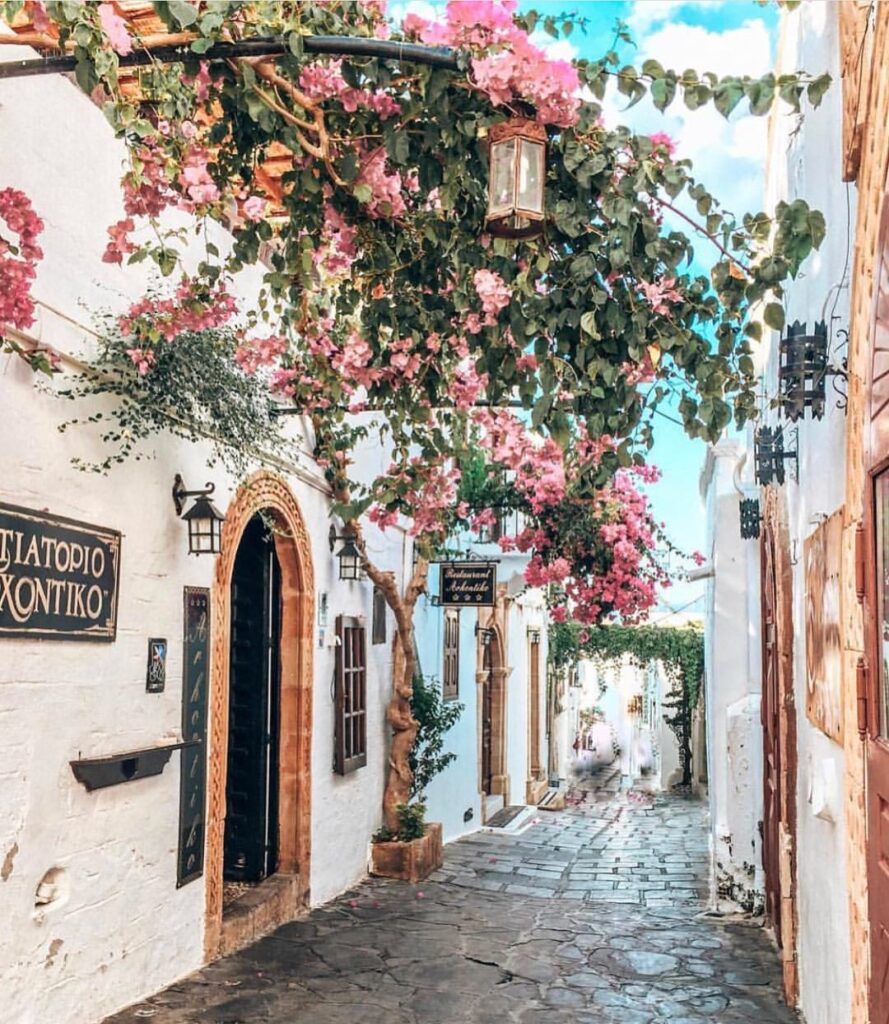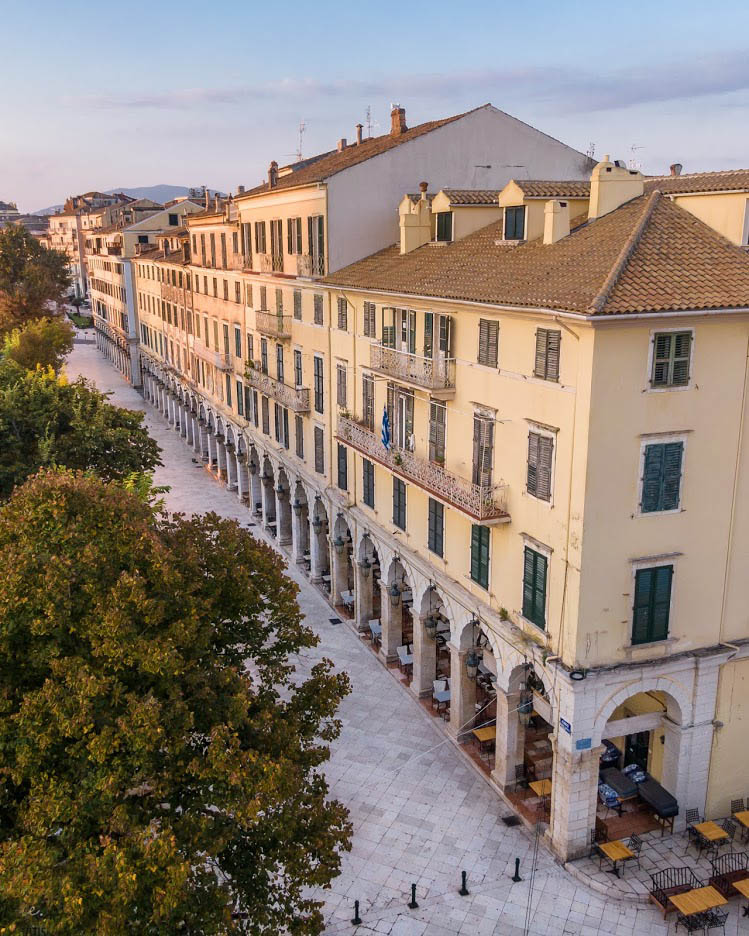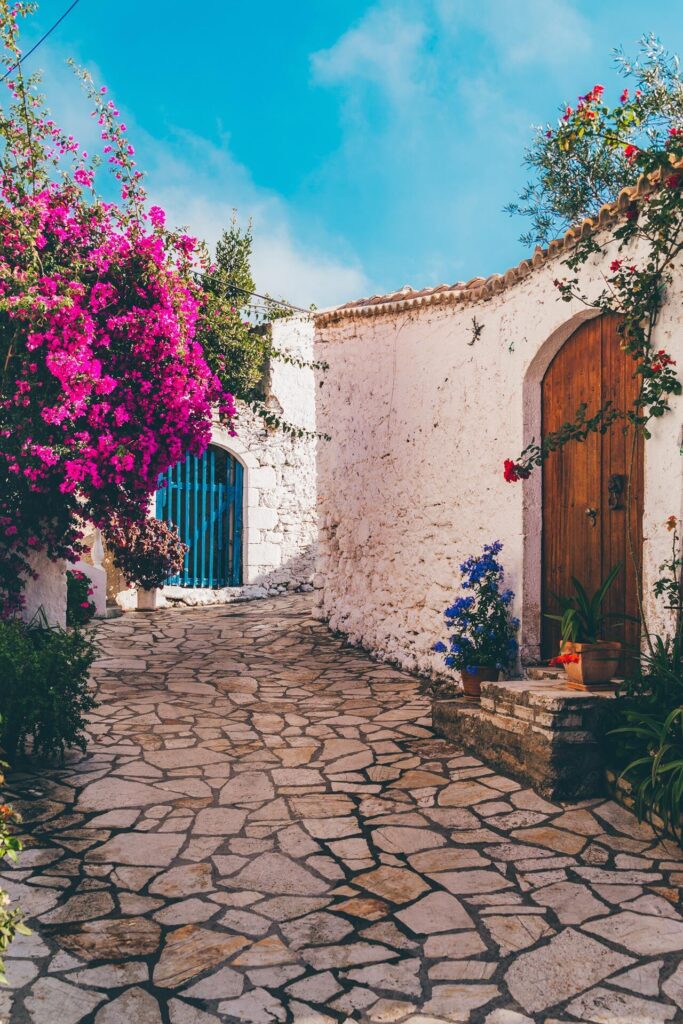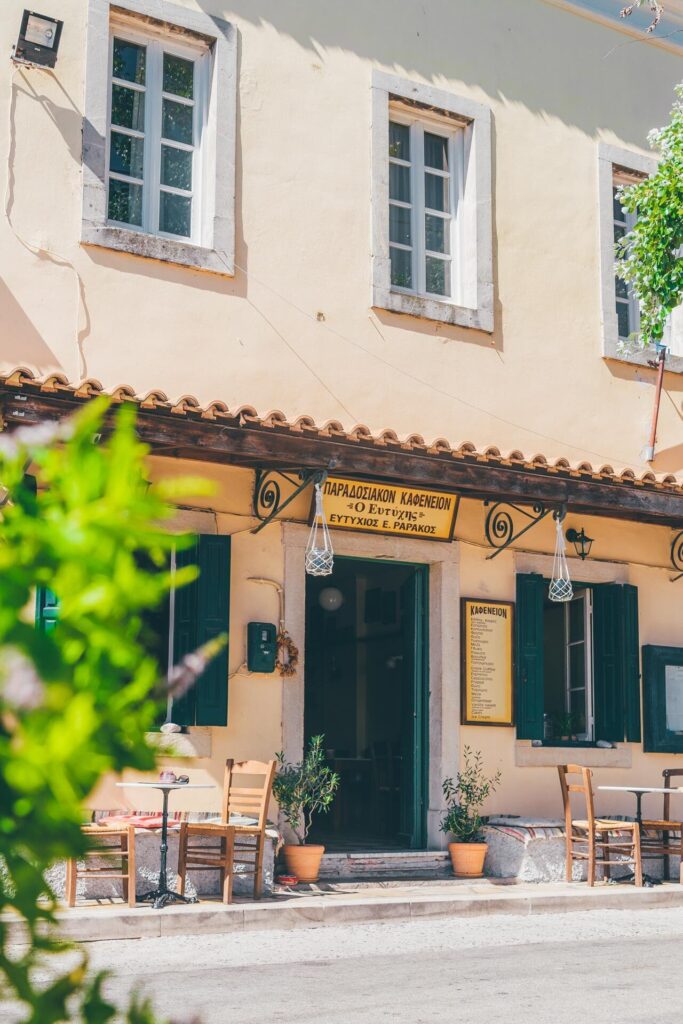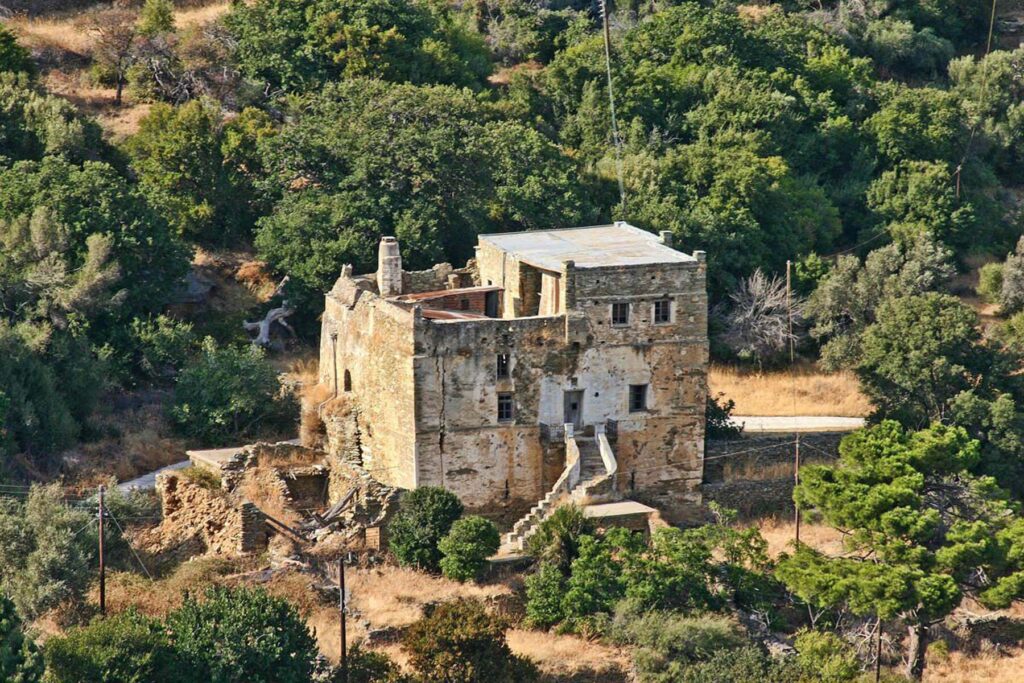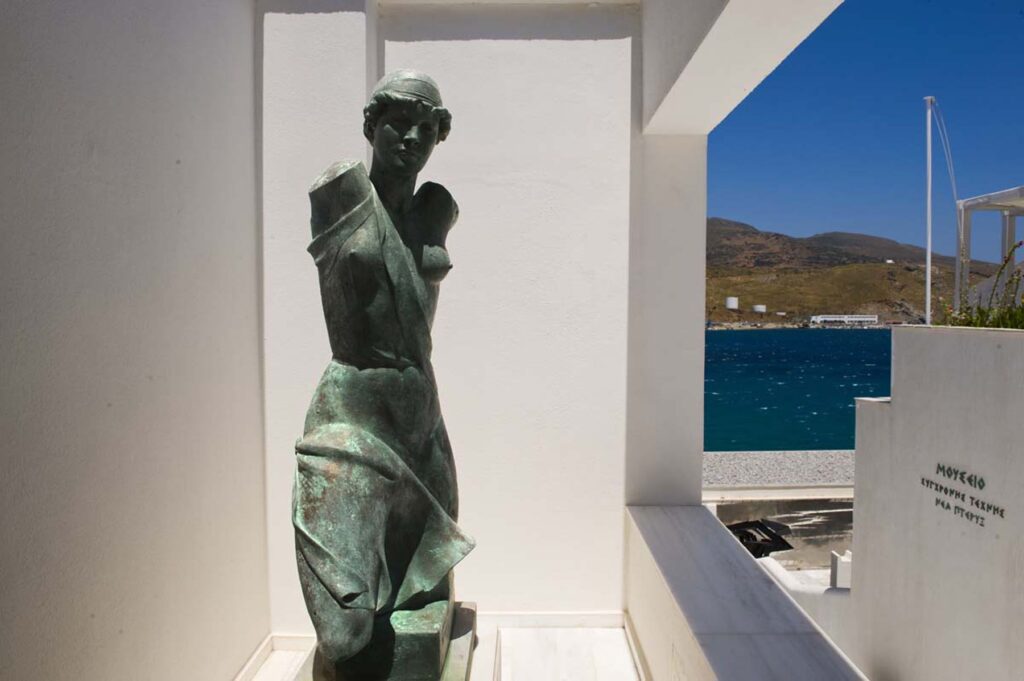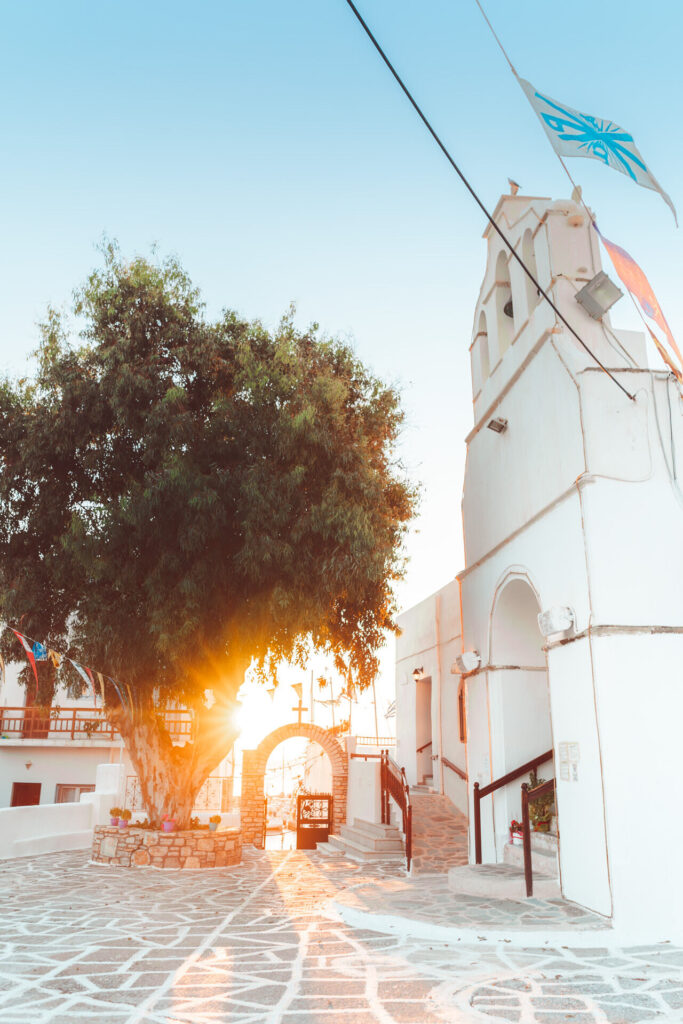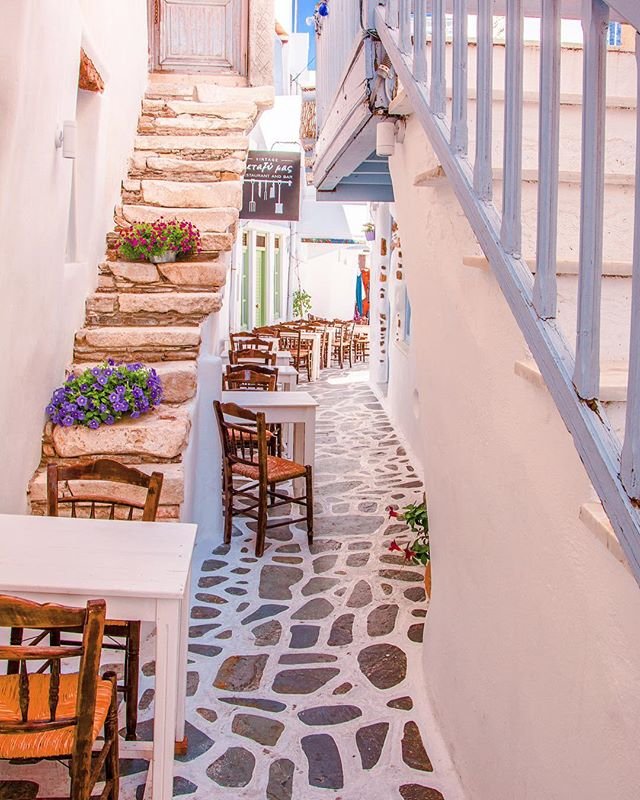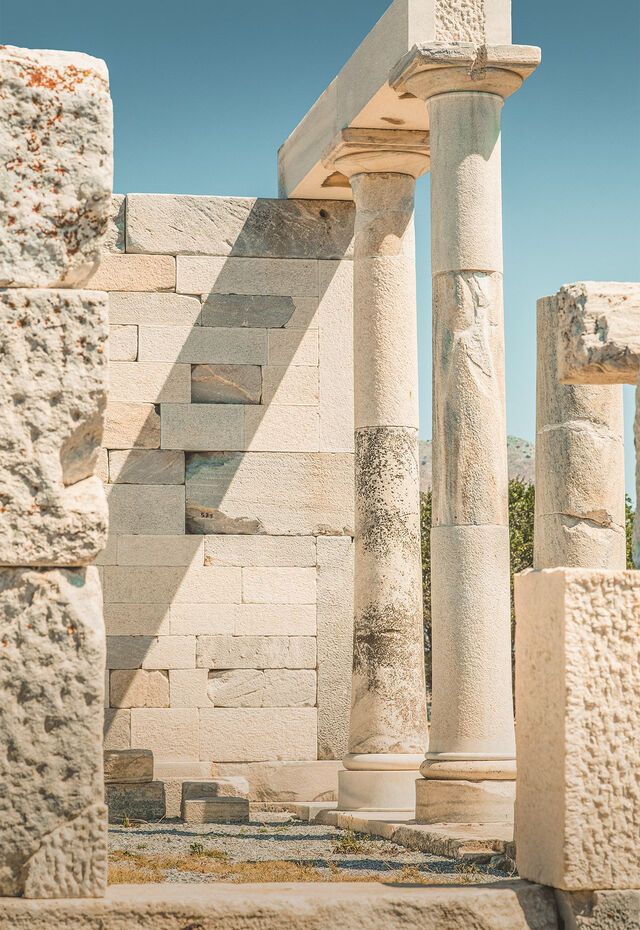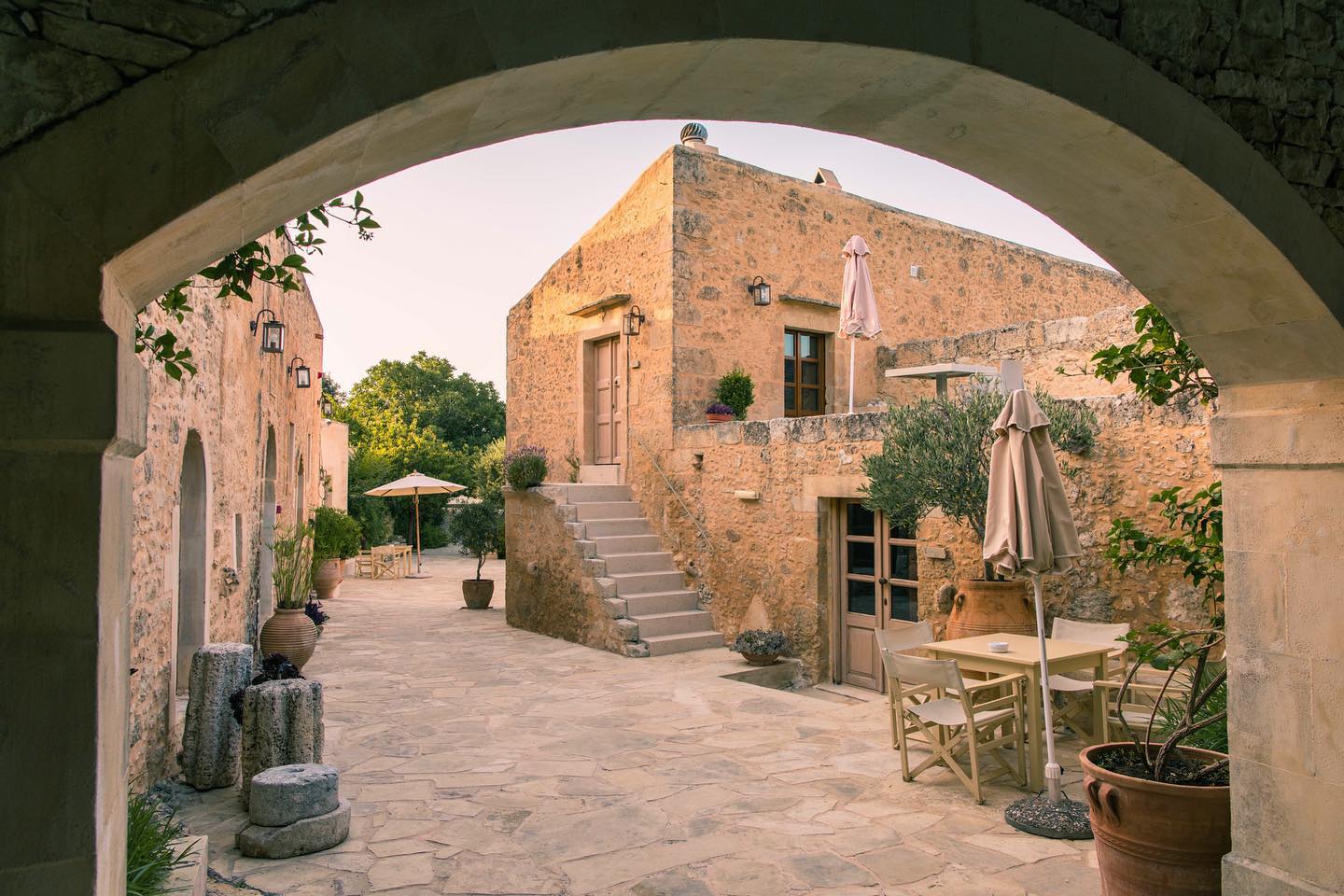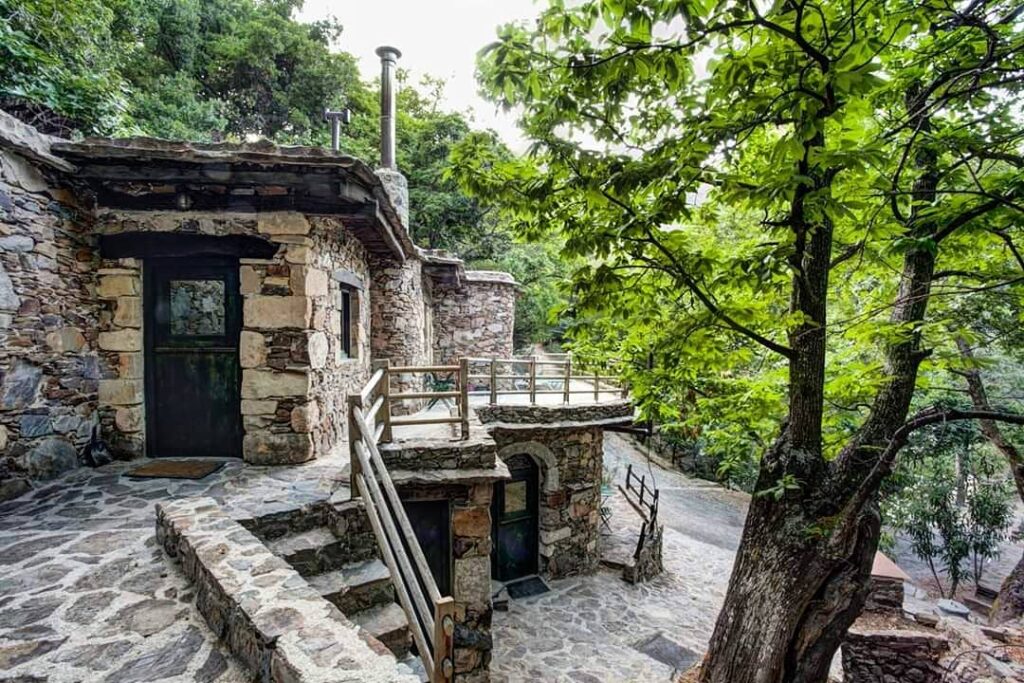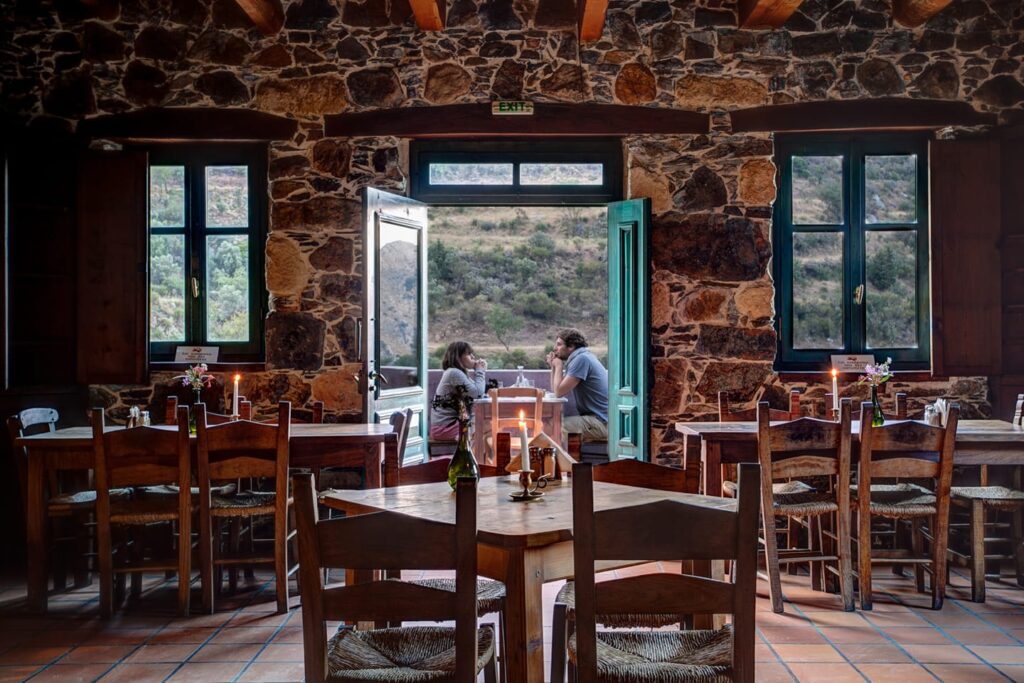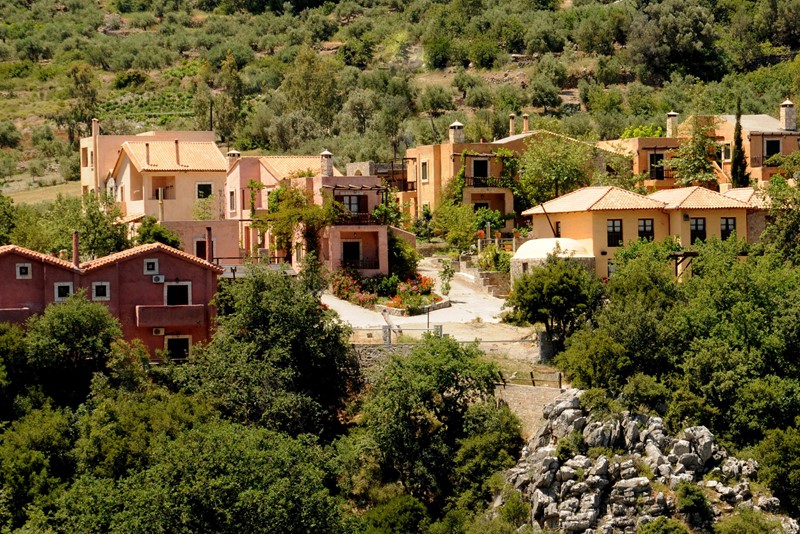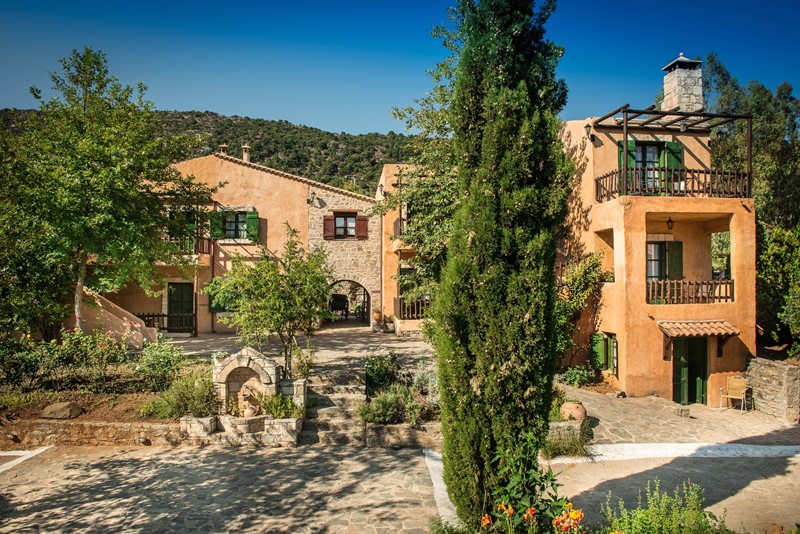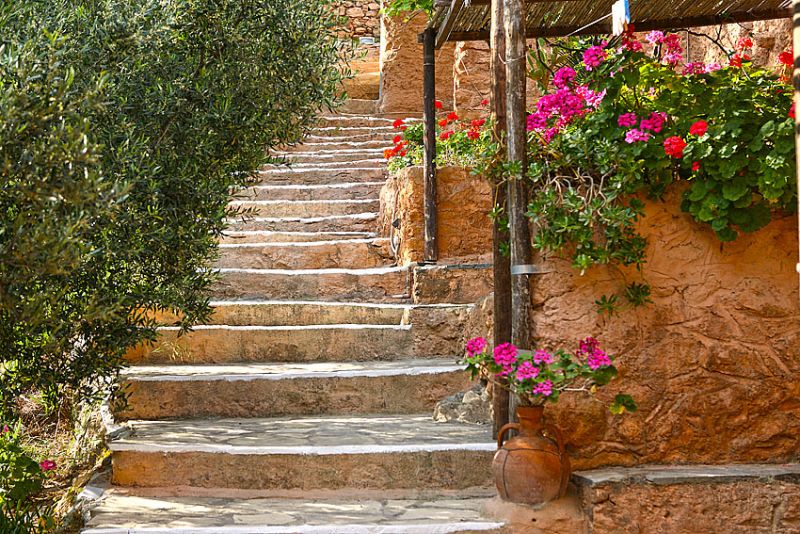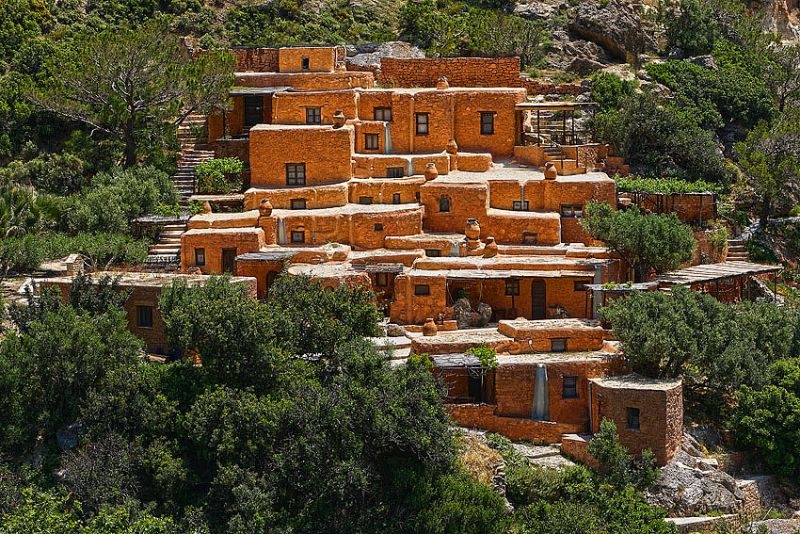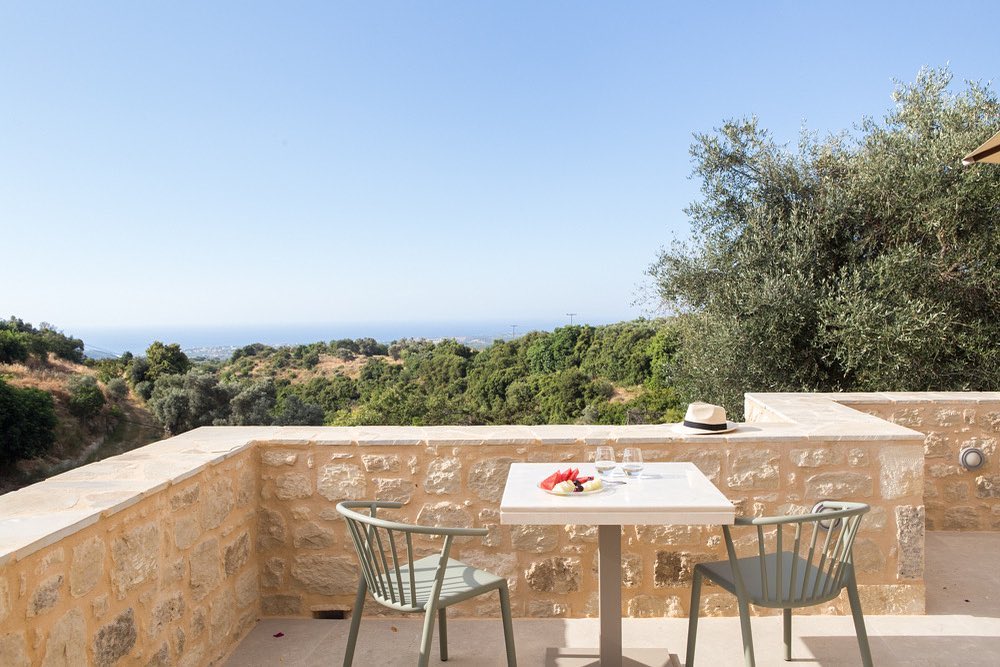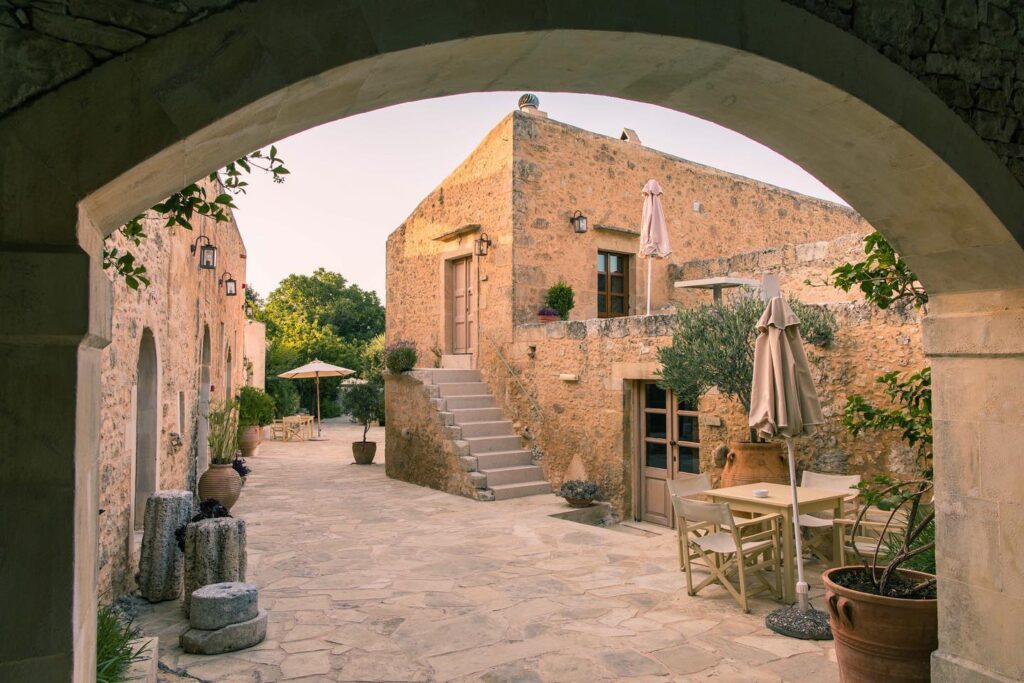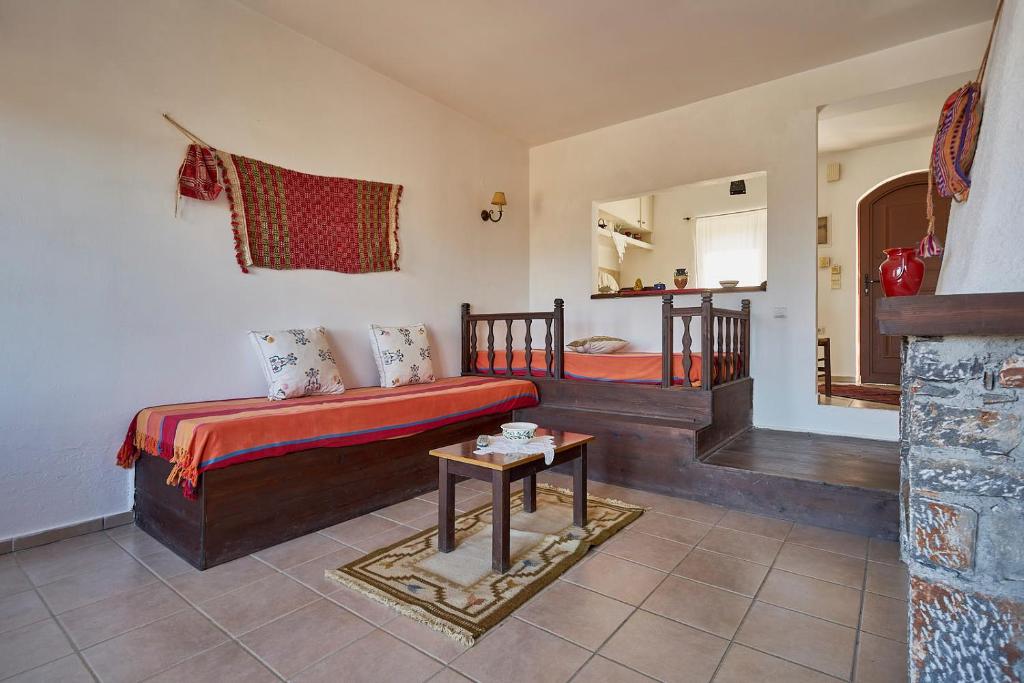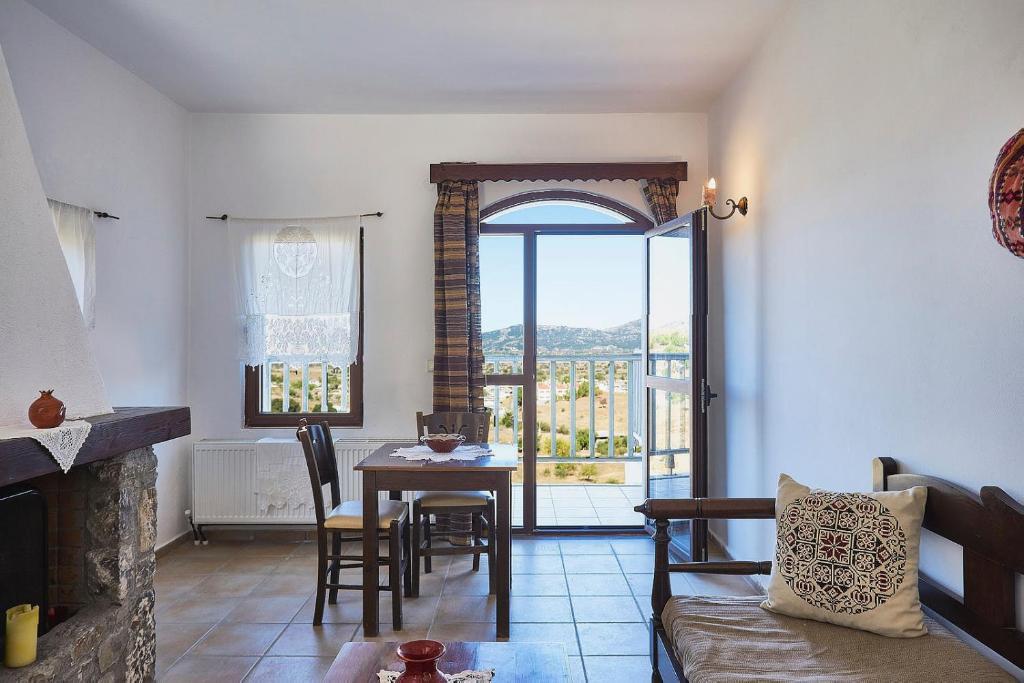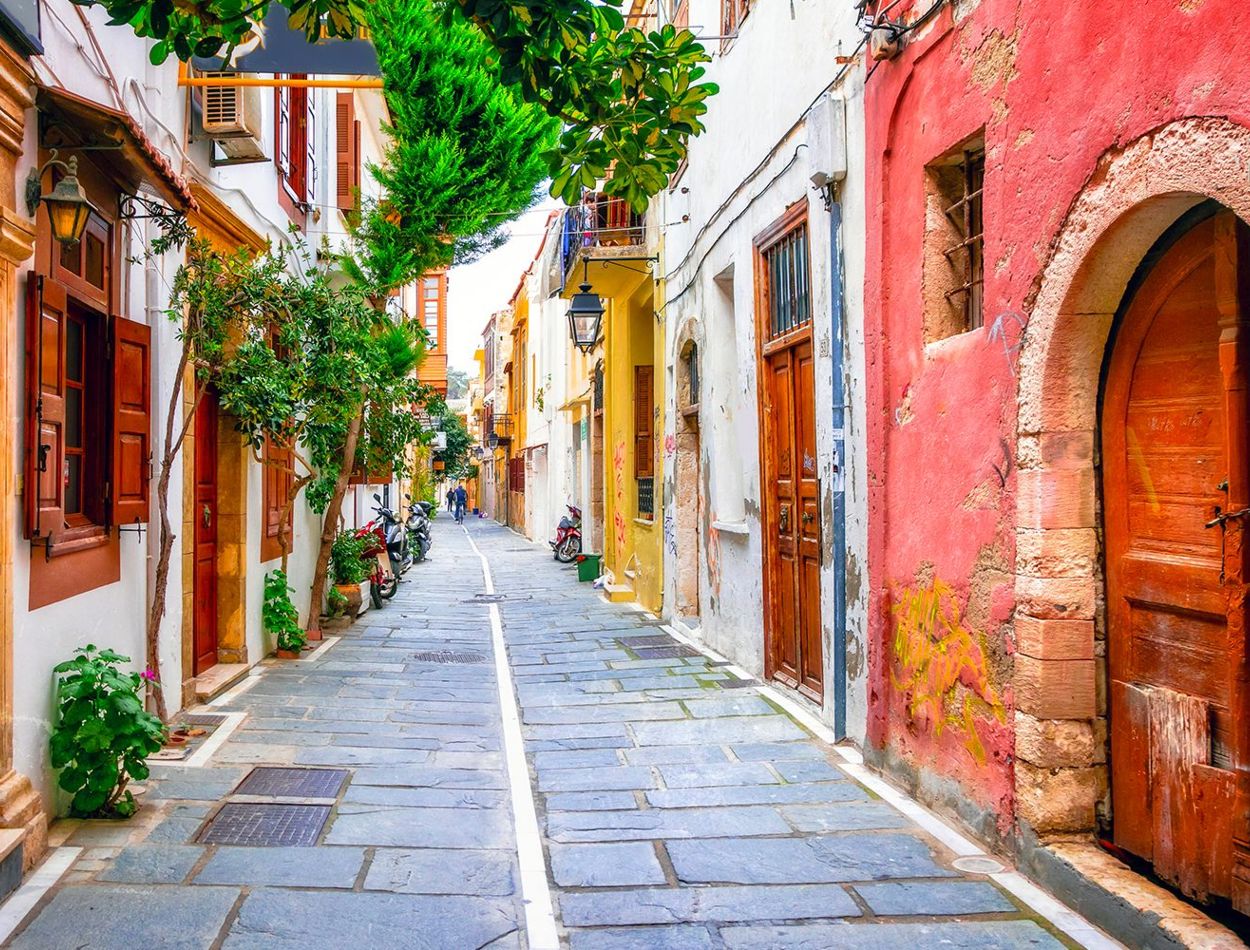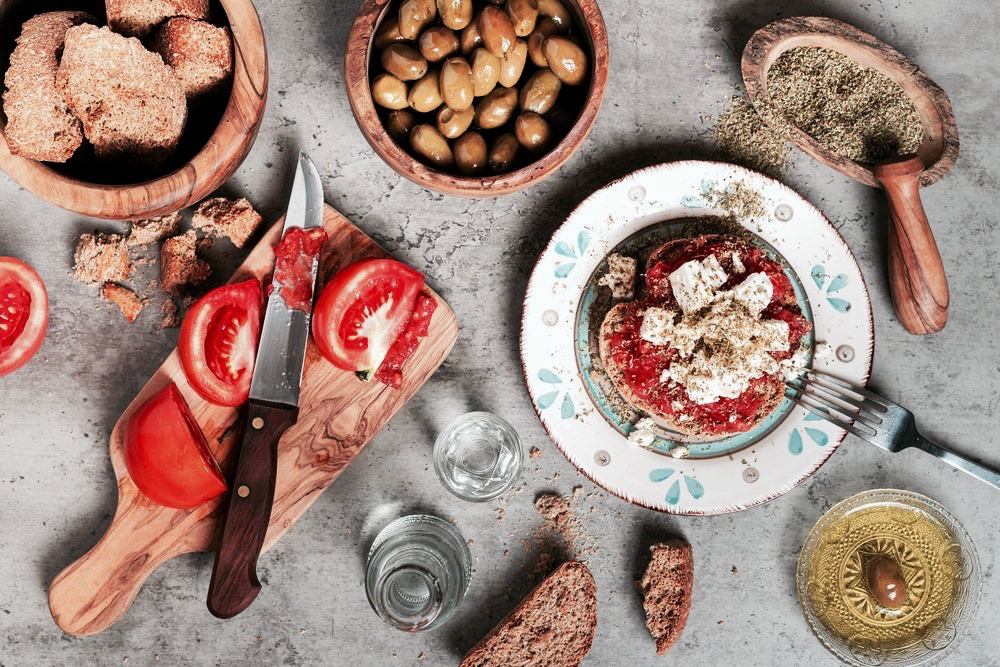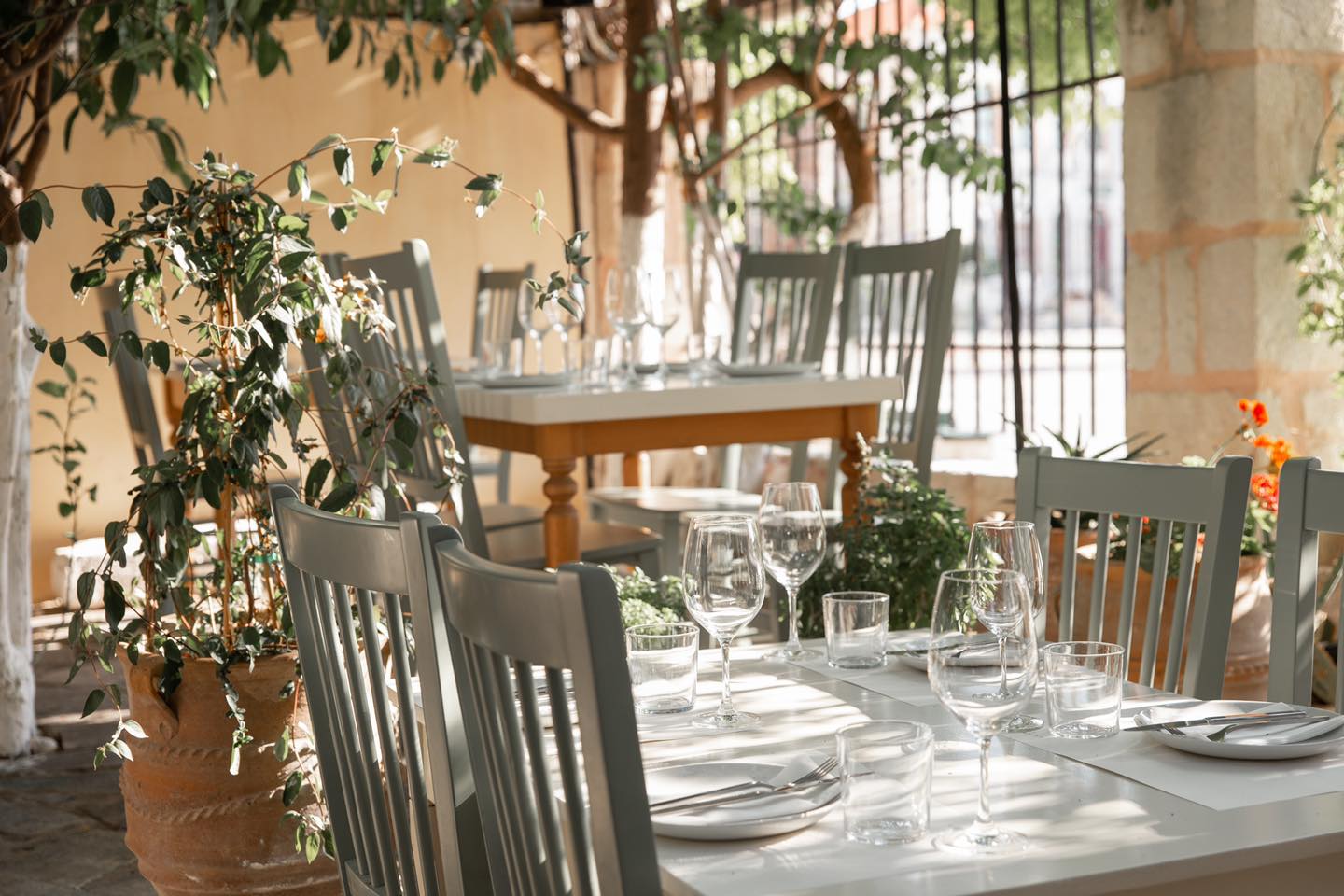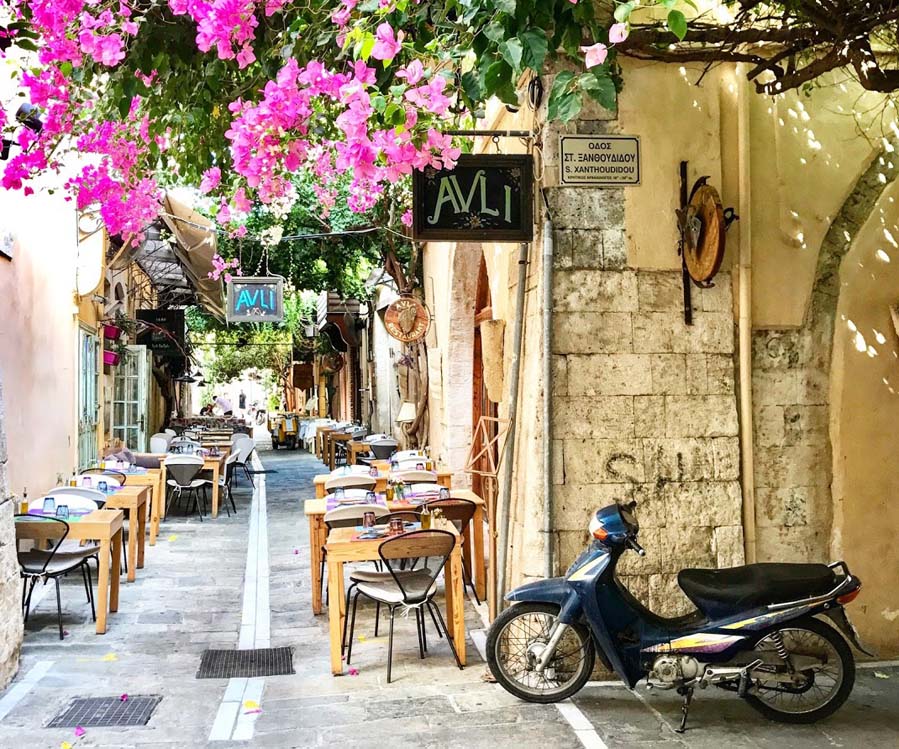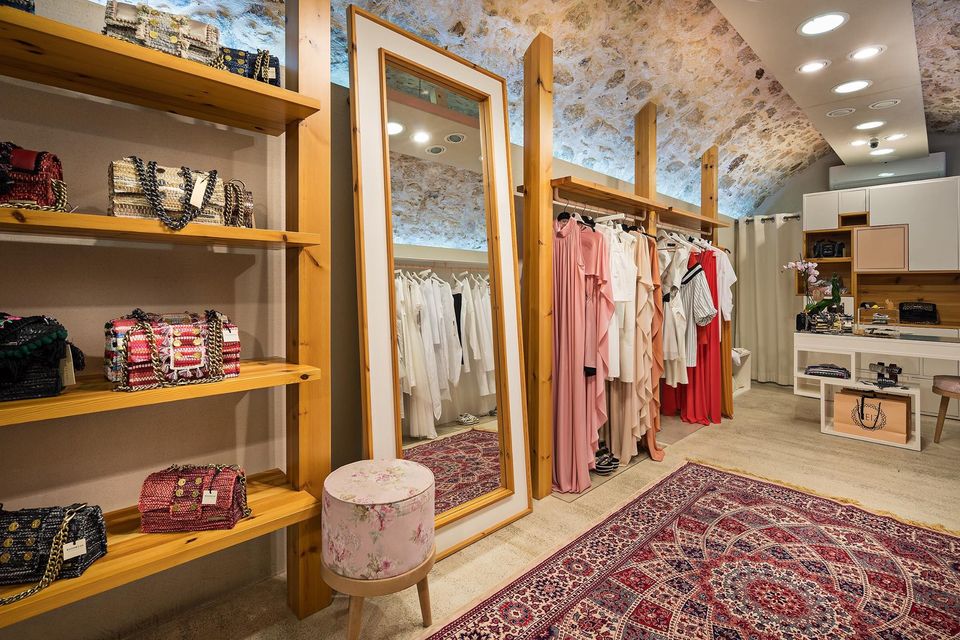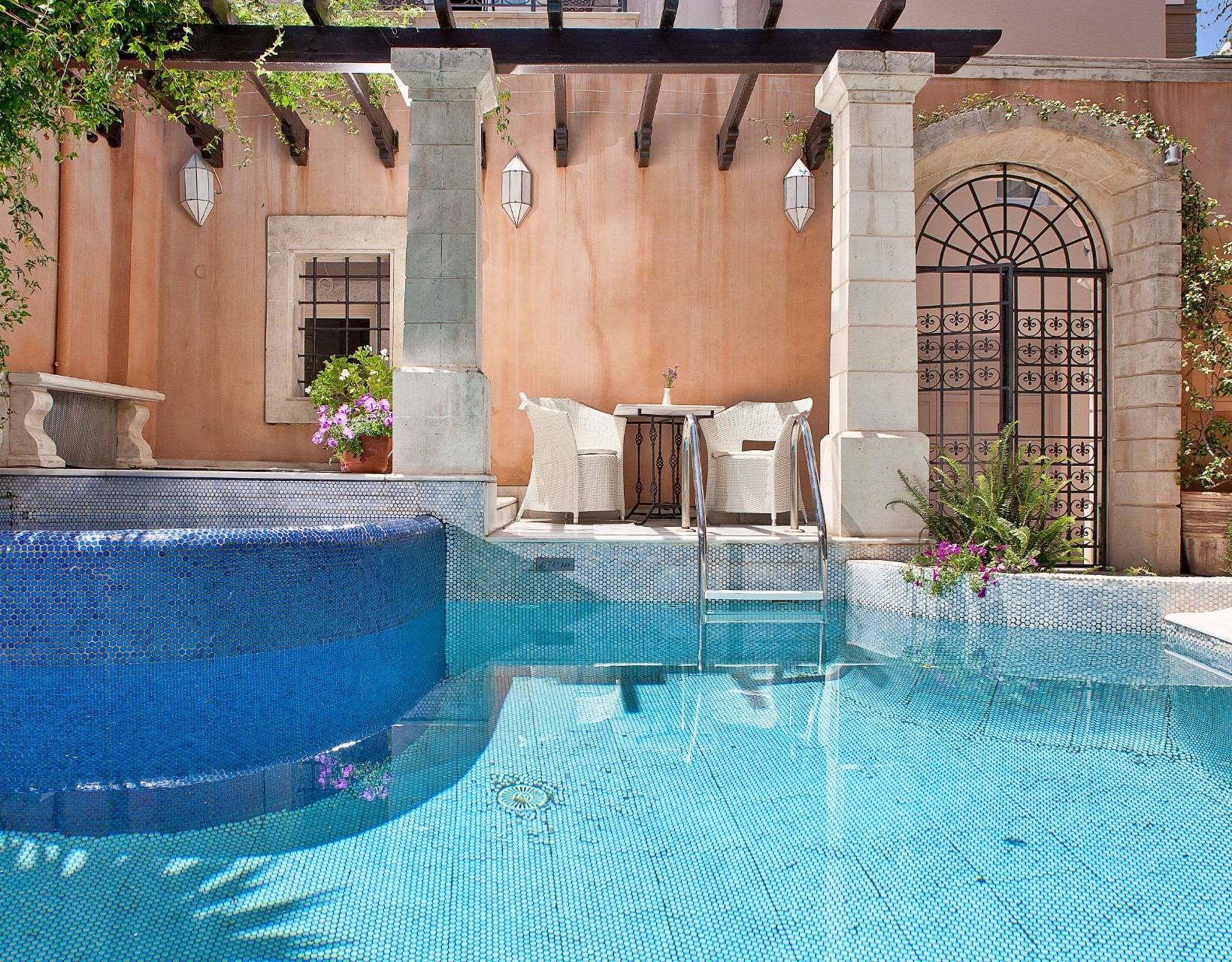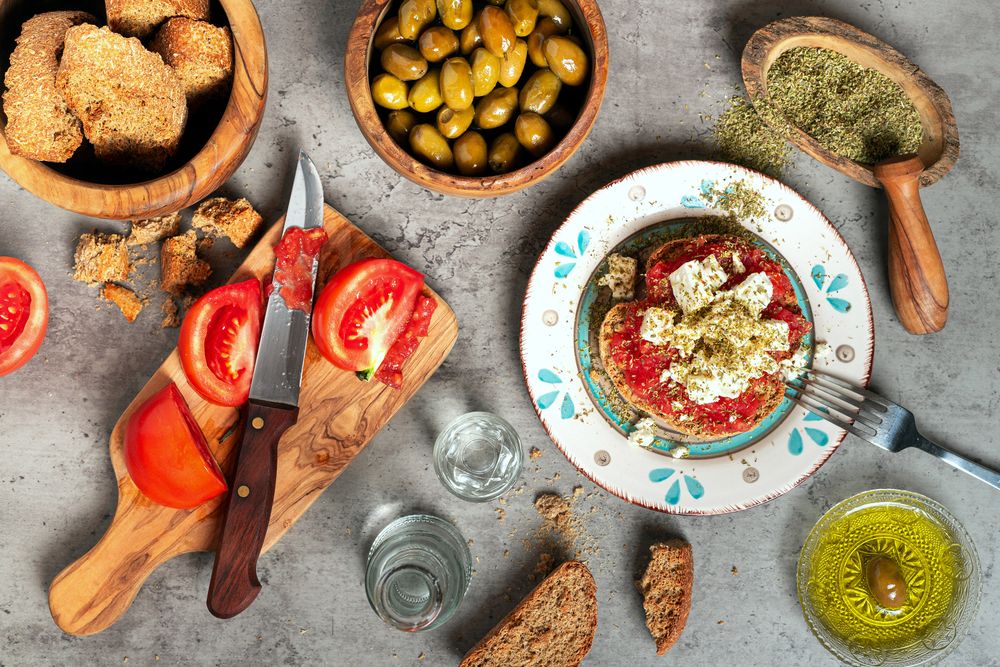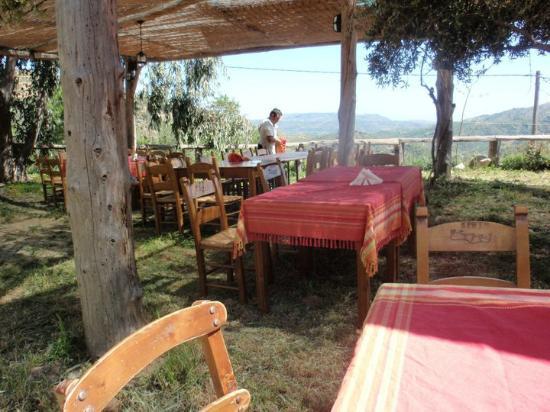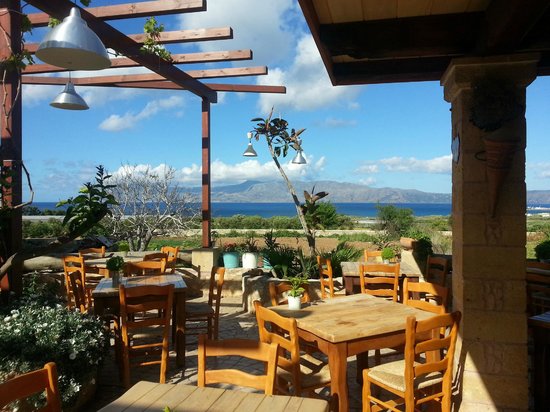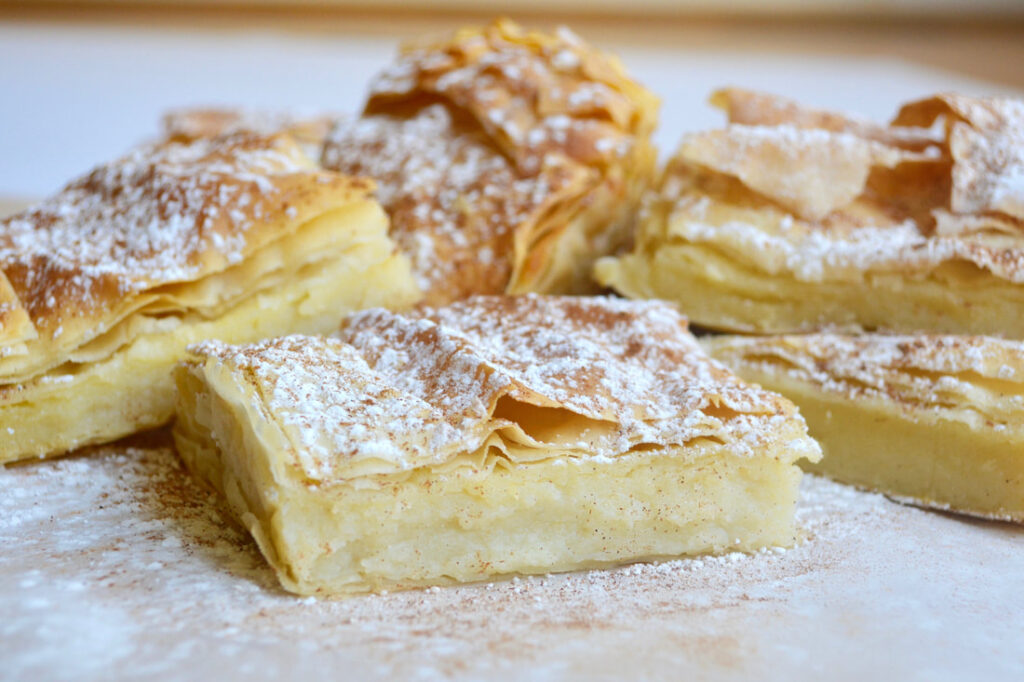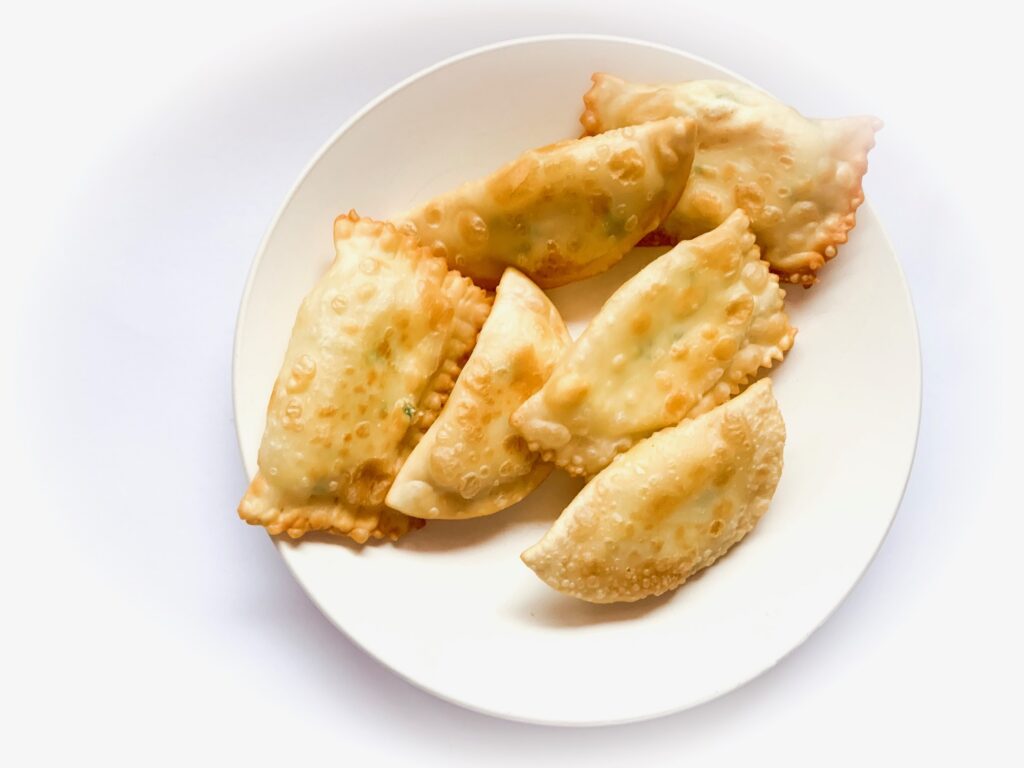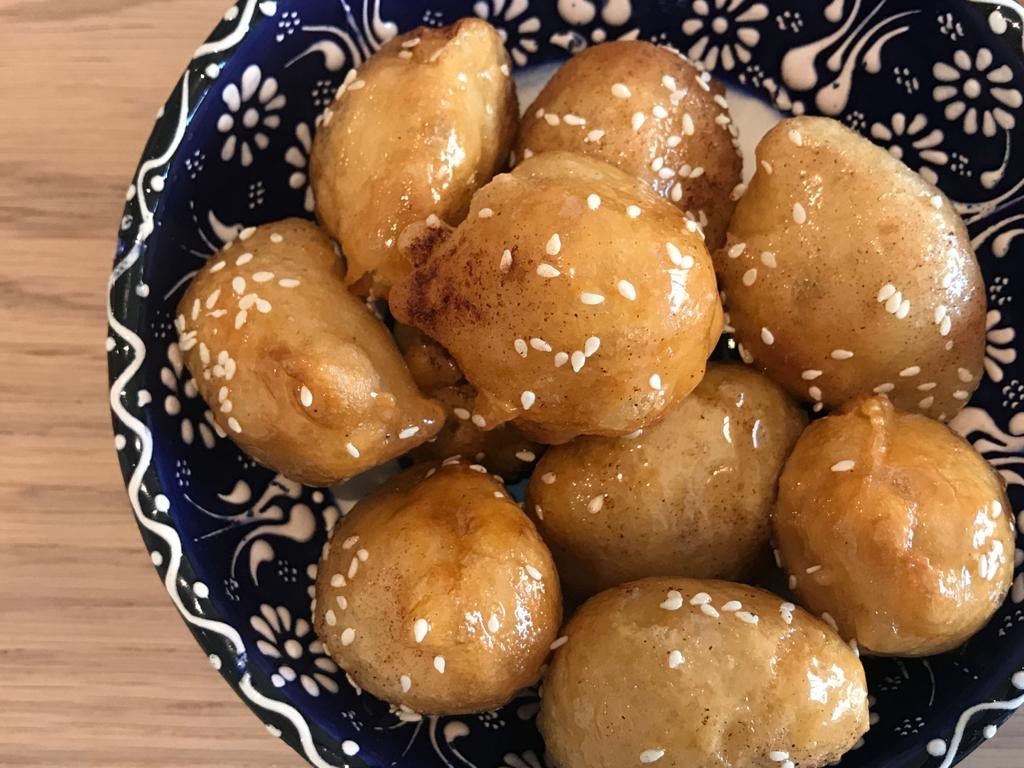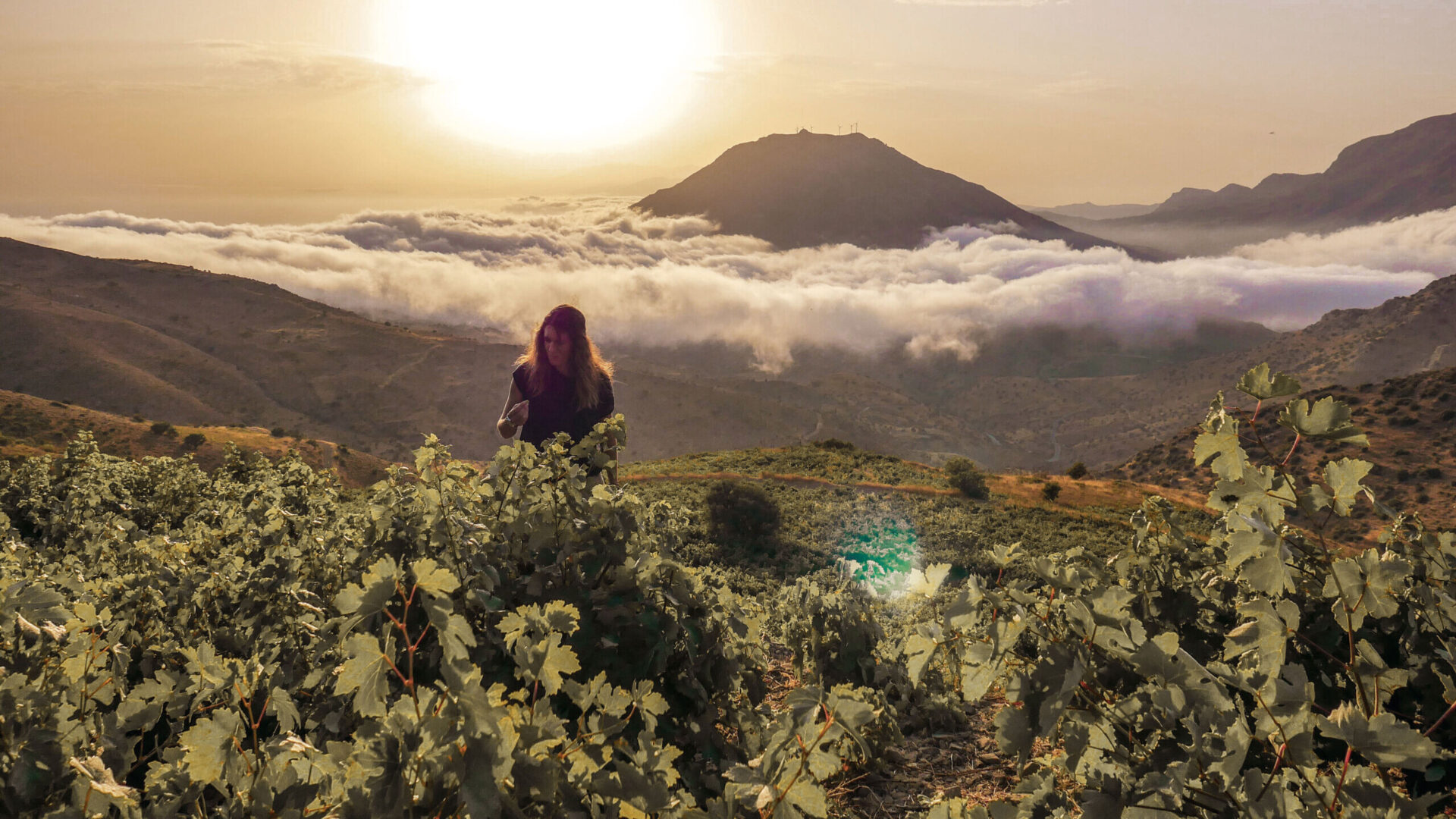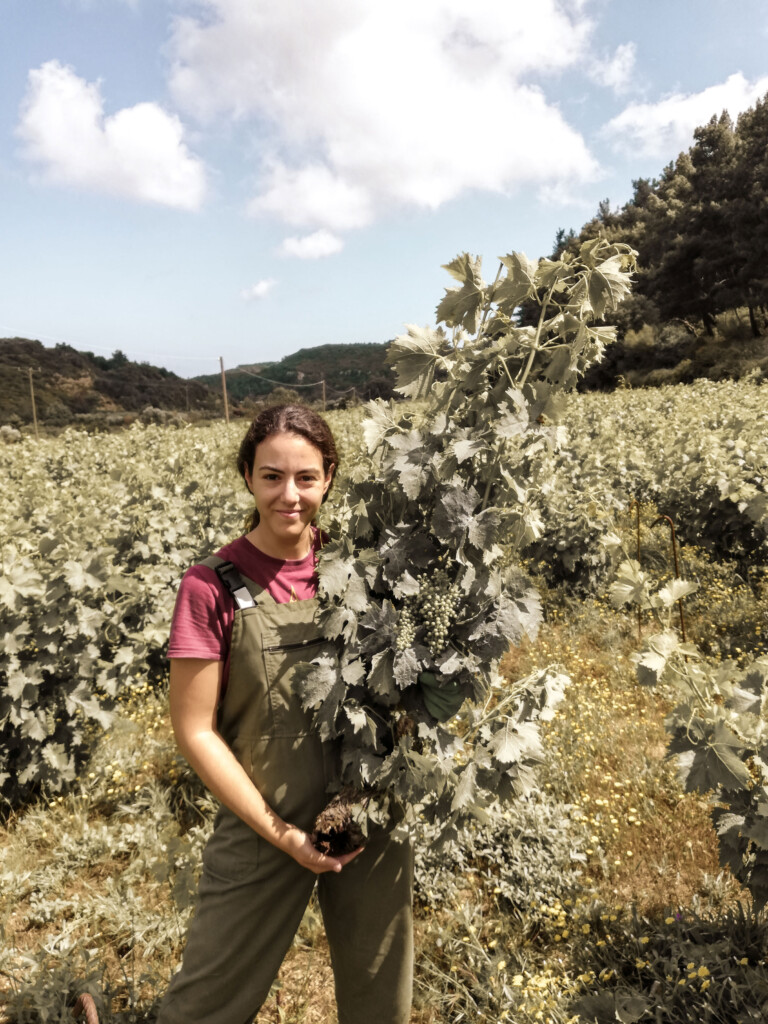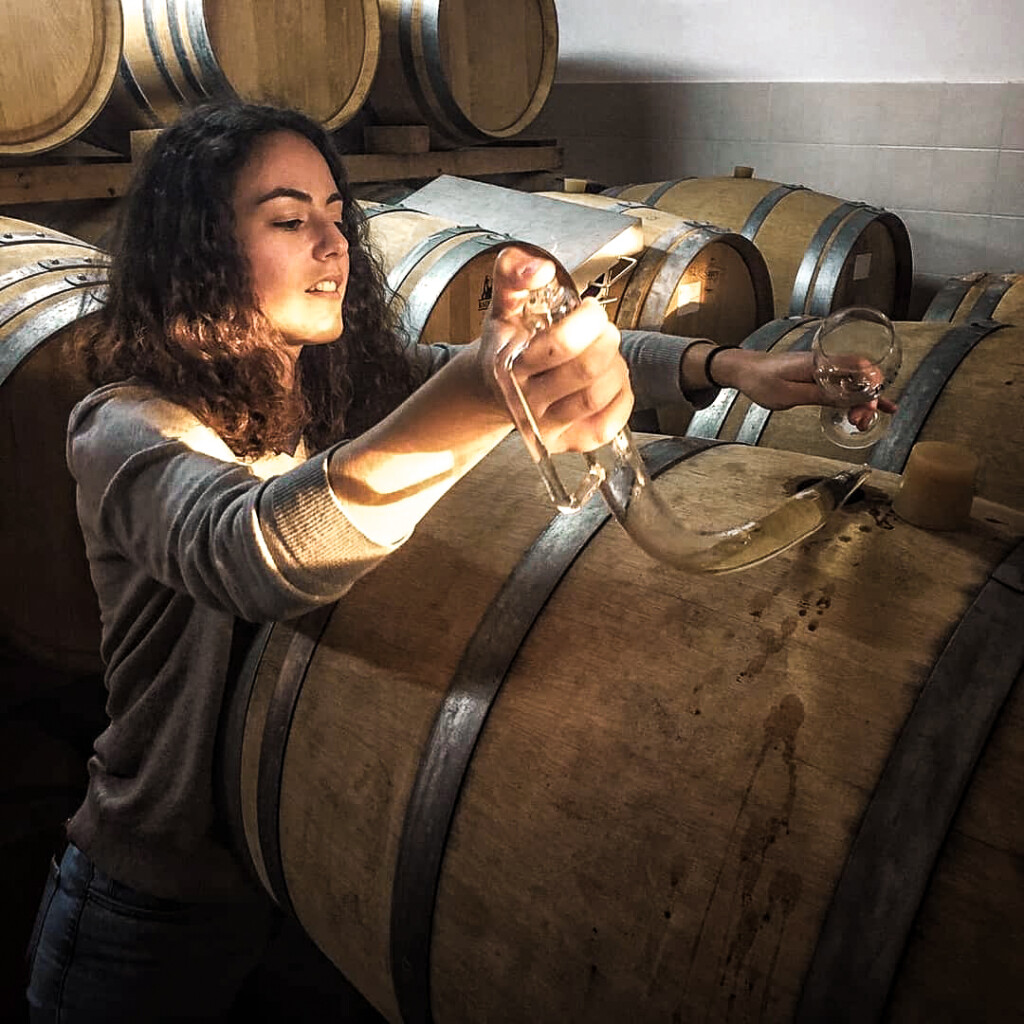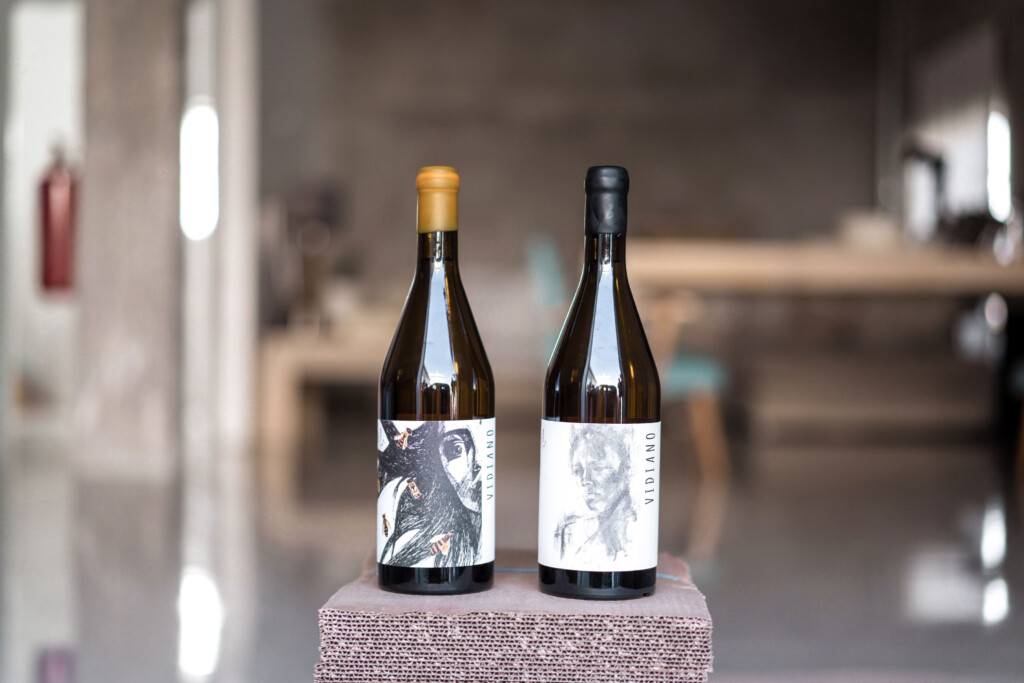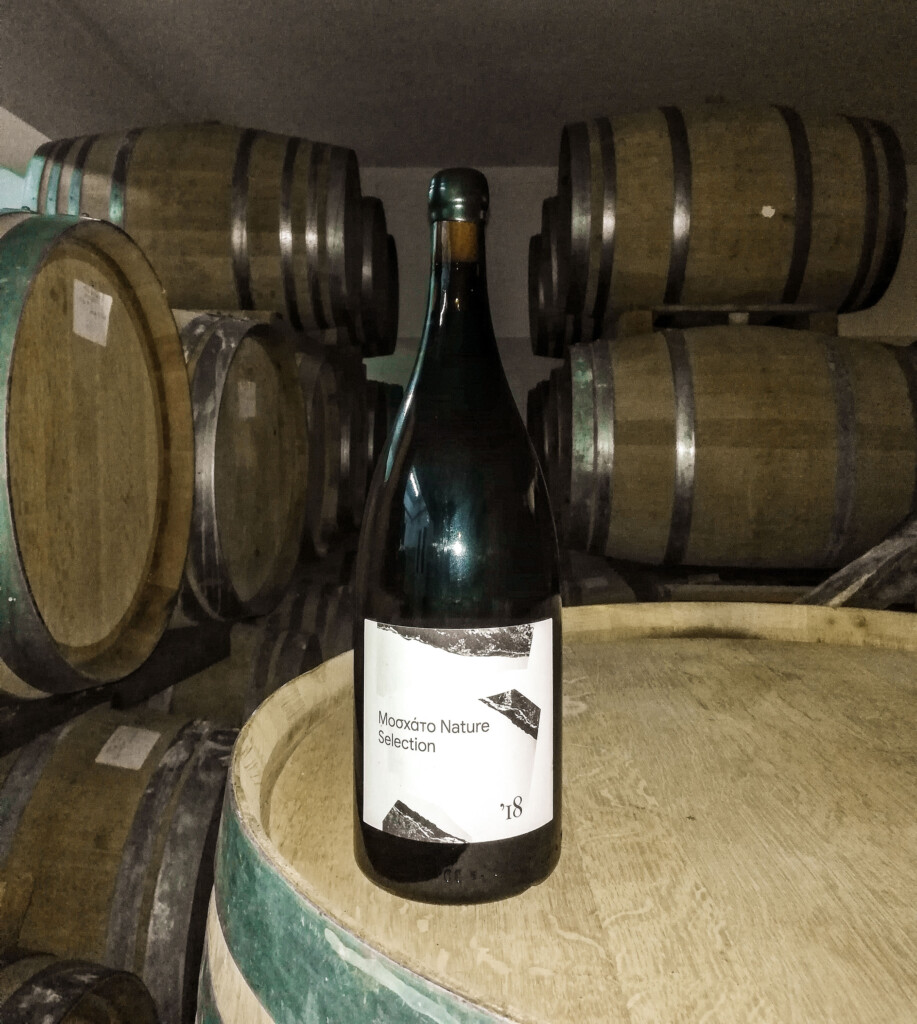While Greece is world-renowned as one of the best places to spend summer, there is something quaint about visiting the Greek islands in the autumn months.
The crowds begin to subside by the end of October without ever really clearing completely as many locals live on the islands year-round. Temperatures drop to a balmy 15 degrees and the air begins to feel crisp, but hints of sunshine still touch the skin and occasionally temperatures rise to 25 degrees- making a swim in the beautiful Aegean Sea possible.
There are many Greek islands that “shut down” after peak summer to rest and rejuvenate before they do it all again the following year. However, the places we’ve listed below are destinations we’ve visited in the cooler months- with locals who keep their beautiful islands alive all year round and warmly welcome visitors to experience island life without the crowds.
Crete
Greece’s largest island boasts world-famous archaeological sites, breathtaking beaches, charming villages, world-famous hikes, and amazing wineries. The temperatures in Crete are never too cold, and the autumn days feel endless, with plenty of sunny afternoons allowing locals to head to the beach for a swim until the end of November. Make sure you check out the archaeological and historical sites including Knossos, Arkadi Monastery, and Preveli Monastery and it’s also an ideal time to stay at one of the many eco-lodges. A highlight by far is hiking at the famous Samaria Gorge and the delightful Cretan cuisine– make sure you try as many of the local dishes as possible and if you are brave enough have a few shots of Raki, which will definitely warm you up!
-
Port of Chania -
Samara Gorge -
Rethymno
Rhodes
The largest island of the Dodecanese, Rhodes boasts the Colossus of Rhodes, one of the Seven Wonders of the Ancient World, and the medieval Old Town of the City of Rhodes, which has been declared a World Heritage Site. The medieval Old Town with its impressive castle and fortifications and cobbled streets is one of the most beautiful historic sites in Greece, and one that is best enjoyed out of peak season. Stunning Lindos has one of the best microclimates in the Mediterranean, so you are pretty much guaranteed a swim here in October and November. Make sure you also visit Petaloúdes (Butterfly Valley) one of Rhodes’ most popular attractions; the nature reserve combines stunning rivers and waterfalls with colourful butterflies. The cooler months are when Rhodes’ beautiful villages also come to life and it’s a great time to visit a few of them. Make sure you sit at one of the traditional cafes or tavernas with the locals and enjoy the island’s delightful cuisine.
-
Medieval Town of Rhodes -
Lindos
Corfu
Corfu’s lovely capital is fast becoming one of Europe’s popular winter destinations. Its charming Venetian Old Town, a designated UNESCO World Heritage Site, is ideal in the wintertime- perfect for exploring the museums and markets. This is also a great chance to explore Liston, the “French” part of town- a pretty promenade whose arcade is lined with chic cafés, restaurants, and boutiques. Also, hit the hiking trails that wind through mountain villages- there are hundreds of paths and routes to try. And although Corfu is busiest during Easter and summer- Corfu Town is also a popular destination during the Christmas and New Year period, so there’s a great range of tavernas to discover as well as many events, art exhibitions, and festivals that take place at the end of the year.
-
Liston -
Quaint village -
Traditional cafe
Andros
An ideal Greek island year-round as it’s located just two hours from Athens, Andros is filled with lush vegetation, abundant water, and stunning beaches. The beautiful Cycladic isle owes its lush greenery to its rich underground and surface water resources. Autumn in Andros is perfect for those who want to experience the island’s rich culture and culinary experiences; as here you can taste traditional dishes and modern cuisine. Visit one of the many historic monasteries and churches, the amazing museums (Museum of Contemporary Art, Archaeological Museum, Nautical Museum, Cyclades Olive Museum, Goulandris Museum) and enjoy the endless nature and its hiking trails. Also make sure you head to the wonderful natural environment and the healing properties of the Sariza spring water.
-
Bisti Mansion in Andros -
Goulandris Museum
Naxos
The Cyclades’ largest island offers a great range of outdoor activities in Autumn, including hiking, mountain biking, and horseback riding. Numerous hiking trails and bicycle routes take visitors through some of the island’s and Cyclades’ most impressive archaeological and spiritual monuments including Mount Zas, the Cyclades’ tallest mountain peak; one of Greece’s largest collections of Byzantine monuments; the Temple of Demeter and more. Foodies are also in for a treat as you can check out the island’s vibrant farming and agricultural industry including potato picking, cheese making, citron liqueur distillation, and more.
-
Village in Naxos -
Chora Town -
Temple of Demeter
Featured image: Naxos

